#Caliphs
Explore tagged Tumblr posts
Text
伊斯蘭教的歷史、禮教與本義
[閱讀全文: https://is.gd/C4PubV]

伊斯蘭教(Islam)是世界第二大宗教,全球擁有超過 18億 穆斯林(Muslim,即伊斯蘭教徒)。它不僅是一種信仰,更是一種完整的生活方式,涵蓋宗教、道德、法律與社會規範。
0 notes
Text
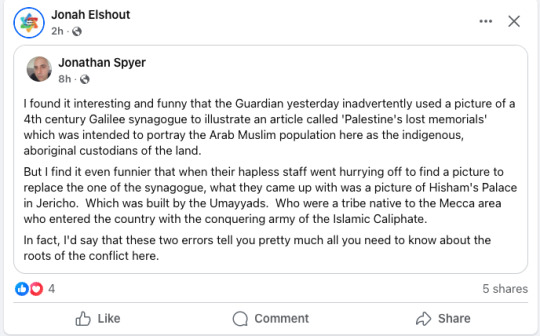
#the guardian#palestine's lost emeorials#hisham's palace#jericho#4th century galilee synagogue#roots of the conflice#islamic caliphate
177 notes
·
View notes
Text
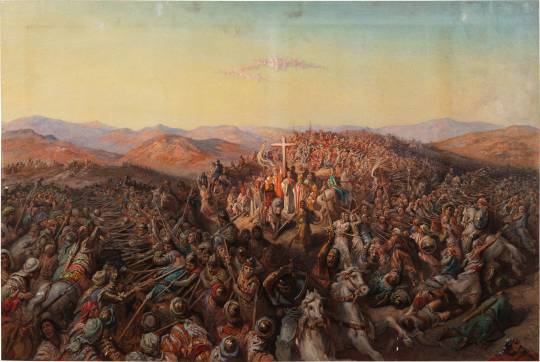
The Battle of Ascalon, 12 August 1099 by Gustave Doré
#gustave doré#art#battle of ascalon#first crusade#medieval#middle ages#crusaders#history#godefroy de bouillon#godfrey of bouillon#christian#christianity#crusades#crusade#crusader#knights#europe#european#fatimid caliphate#muslim#franks#frankish#true cross#levant#palestine#christendom#holy wars#holy war#mediaeval#bibliothèque des croisades
93 notes
·
View notes
Text
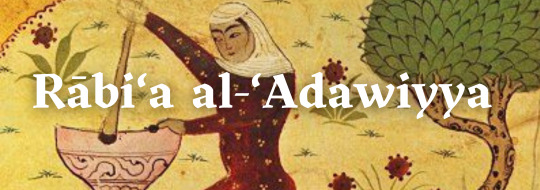
"Rābi‘a was a Muslim saint and Sufi mystic. Her contemporaries also considered her a teacher of character. There are strong elements of a Philosophy of Religion in her collection of poems which is one of the earliest to set forth a doctrine of Divine Love. The concepts that she propounds include a daring taxonomy of love and the notion that self-effacement does not erase one’s gender. She thus emphasized that women’s piety is superior to men’s (which suggests a feminist consciousness). Her poems reveal a refined mastery of Arab meters and an intricate reflection on Arabic letters and language. Her writing is part of early Sufi philosophy and has inspired Muslim mystics for centuries, among them luminaries al-Ghazzālī (d. 1111) and Farīd al-Dīn al-‘Aṭṭār (d. 1221). Some of her verses are present in all genres of Arab songs to this day.
Despite her fame as one of Islam’s greatest Sufi saints, the life of Rābi‘a al ‘Adawiyya al-Qaysiyya al-Baṣriyya (A. H. 95–185/C. E. 712–801), as she came to be known, “remains mostly elusive.��� A number of Islamic sources state that she was born in Basra, a city founded by Muslims in 16/637 and known for its many ascetics. A more recent study suggests her native city may have been Damascus. Many Islamic biographical dictionaries record 185/801 as the year of her death, while one source indicates the year 135/752. The latter date seems highly unlikely, since Rābi‘a would then have been too young to meet some of the luminaries she is reported to have talked to, and she also would have died too early to have had exchanges with other distinguished visitors whose names have been associated with hers.
On occasion, her first name is given as Rāyi‘a, although this is no great concern since it may be safely imputed to the accidental addition of a diacritical point. The greater biographical question concerns her full name and whether it indicates that Rābi‘a (or her father) became a client to an Arab tribe upon conversion to Islam. And there is also the matter of her having been married or a singing slave-girl before she converted to mysticism. Part of the confusion is due to the conflation of the biographies of several female saints by the same first name or with a similar story.
Without any question, Rābi‘a left an indelible mark on Islamic mysticism like no other Sufi before her, man or woman. Many of the encounters she is reputed to have had with fellow ascetics (zāhidūn, plural of zāhid) and mystics (ṣūfiyyūn, plural of ṣūfiyy) such as Mālik ibn Dīnār (d. 123/648), Ḥasan al-Baṣrī (d.110/728), Sufyān al-Thawrī (d. 161/777–8), Ibrahīm ibn Adham (d. 165/782) ‘Abd al-Wāḥid al-Zayd (d. 177/793), and Rabāḥ al-Qaysī (d. 180/796) are obviously anecdotal, if only because a look at their respective dates clarifies that Rābi‘a could not possibly have been a contemporary to all of them.
And yet, it is conceivable that the exchanges said to have taken place with some of these very distinguished figures in Islamic tradition belonged to conversations conducted with interlocutors whose names were either lost or less prominent, in order to grant Rābi‘a a higher status. An exception is Ḥadīth-scholar Sufyān al-Thawrī, whose dates confirm him as a contemporary of the saint of Basra and whose name also appears in al-Sulamī’s Memorial. Moreover, as the following will show, the stories involving him strongly suggest that he shared an intimate spiritual bond with her.
Whoever Rābi‘a’s pious visitors were, they all bowed down before her extreme asceticism and the purity of her mystical experience. But this did not prevent them from sometimes provoking her and even testing the sincerity (ṣidq) of her religious sentiments. Agile of mind and never at loss for the right words, Rābi‘a always had the upper hand. One gets the impression that she welcomed the opportunity for verbal jousts. For instance, knowing her love of God, someone hoped to trick her by asking: “How is your love for the Prophet (may God bless and preserve him)?” She replied: “Verily, I love him. But love for the Creator has turned me away from love for created things”. Another visitor inquired about her take on Satan to which she answered: “My love for God leaves no room for hating Satan”.
On occasion, tradition recorded Rābia’s own questions to a number of individuals, making one wonder whether some of her interlocutors were not actually students of hers rather than frequent visitors. For instance, she asked them about “truthfulness” and “generosity,” clearly expecting them to give lacking answers that she would have to—and did—straighten out. Her style is reminiscent of the “What is”-question used among the “acusmatici” in the Pythagorean school. This is not to suggest that Rābi‘a was following the teaching model of this ancient Greek school, only that the parallel questioning style supports the assumption that Rābi‘a was teaching and not just receiving guests.
Some reactions to statements made in her presence, show how annoyed she could be at what she perceived to be pseudo-pious utterances. Sāliḥ al-Murrī(d. 176/792–93), who enjoyed reiterating, “When someone keeps knocking at the door, it will in time open for him,” was admonished by Rābi‘a: “How long will you keep saying that? When was the door ever closed, that it might have to open?” .This sharp riposte clearly suggests that she was in a position of authority when al-Murrī repeated his remark.
If incensed deliberately, Rābi‘a could be punishingly cruel. Thus when Ḥasan al-Baṣrī is said to have invited her to pray with him on the bare surface of a lake, Rābi‘a scolded him for being boastful. She then threw her prayer rug in the air and asked him to join her above the ground, which shamed him endlessly, since he was unable to comply. Naturally, neither of the two saints could have achieved the physical exploits they are credited with (apart from the fact that they couldn’t even have met at a stage in their lives when they were both spiritually mature), but the story nevertheless conveys how strongly Rābi‘a felt the need to correct her fellows, including well-established ones like al-Baṣrī, when she found them lacking in humility.
If nothing else, this “ḥikāya” tells us about how she was perceived. While the details of the sayings and deeds attributed to Rābi‘a may never be validated, nor falsified for that matter, what does come across is that Islam’s mystical tradition considers her a paragon in terms of her austerity, piety, and mystical teaching. Moreover, one senses the respect she was granted is not the expression of mere veneration for a person more advanced on the religious path. Rather, it is coupled with deference to an authoritative figure whose character and teaching were deemed exemplary."
Albertini Tamara, "Rābi‘a al-‘Adawiyya of Basra, 712–801/185–95", in: Waithe Mary Ellen, Boos Dykeman Therese (eds.), Women Philosophers from Non-Western Traditions: The First Four Thousand Years
#Rābi‘a al-‘Adawiyya#women in history#women's history#historyedit#female poets#female philosophers#middle eastern history#sufism#women in religion#philosophy#8th century#iraq#iraqi history#history#female authors#abassid caliphate
87 notes
·
View notes
Text
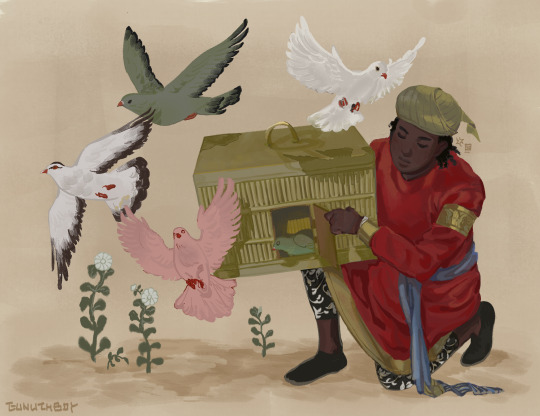
‘abbāsid eunuch playing with birds 🕊️🌿🌼
original from al-jāḥiẓ’s kitāb al-ḥayawān under the cut
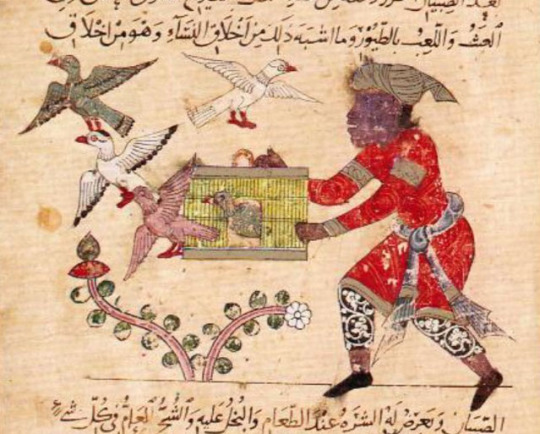
80 notes
·
View notes
Photo
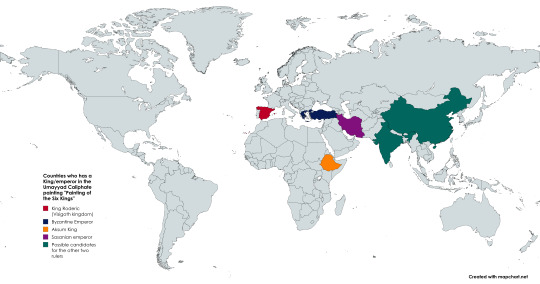
Countries who has a King/emperor in the Umayyad Caliphate painting "Painting of the Six Kings"
115 notes
·
View notes
Text
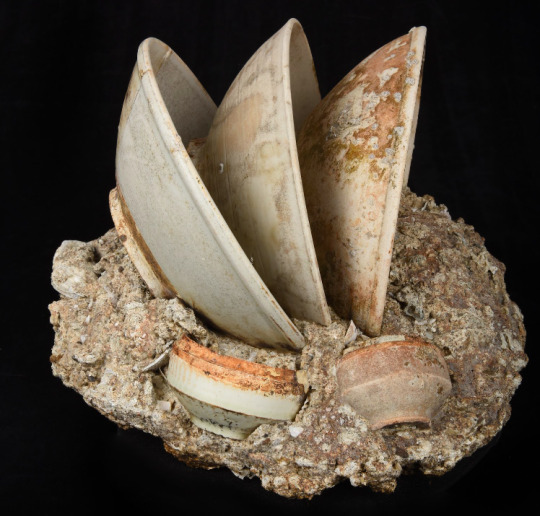
five ceramics from the wreck of the Cirebon (java sea) | c. 900s CE | chinese, five dynasties period
"These 5 ceramics...were part of a set of fine porcelain dishes made in workshops in southern China and to be delivered to the new Abbasid Caliphate in Bagdad region. Due to the stranding of the ship, archaeologists were able to find the entire abandoned cargo in the wreck in Indonesia. Bowls have been damaged by burial in water for over 10 centuries."
in the national museum of qatar collection via google arts & culture
83 notes
·
View notes
Text









THE CALIPH STORK (dir. Valery Ugarov, 1981)
#the caliph stork#khalif aist#valery ugarov#mine#userpedro#usermichi#userkei#userviet#filmgifs#classicfilmblr#dailyflicks#animationedit#animationsource#animationsdaily
116 notes
·
View notes
Text
The greatest warrior in history, Imam Ali (AS) never lost a battle, yet he never claimed victory in his entire life except once; At his martyrdom, the moment the sword was struck on his head in prayer, as he calls out;
“By the Lord of the Kaaba, I have succeeded.”

#imamali#death anniversary#17ramadan#19ramadan#warrior#islamic history#history#islamic#islam#shahadat#hazrat ali#masjid#blackday#marsiya#caliph#shia muslims#muslim#shia#iraq#syria#noha#martyrdom#maula ali#imam hussain#imam husayn#ali ibn abi talib#kaaba#holy kaaba#ya ali#karbala
30 notes
·
View notes
Text
genuine question would yall be interested if I made a master doc of all of the cultural references in wotww (or at least the ones I can recognize) complete with links to name origins and visual comparisons for locations and architecture. I <3 doing deep dives into the references behind the character names and the real world locations and time periods each area is inspired by

#like the fandom wiki has the origins of king tom and marcassin’s names#but it doesn’t even mention the fact that leila and lowlah’s names are likely references to the arabic name of one thousand and one nights#(alf laylah wa-laylah)#or the fact that al-mamoon and even likely rashaad are named after caliphs from the abbasid caliphate#or the fact that gascon’s name is double joke for a braggart but also a reference to the gascony region of france#or the fact that the porcine palace is based on versailles and the hall of mirrors#or—you get my point#I want a doc that catalogues all of these so I don’t have to click through the wiki to see if they have a reference mentioned or not#also I want visual references! links and summaries of source materials and how they relate to the characters named after them#pls I’m a cultural historian this is like my bread and butter#ni no kuni#ni no kuni wrath of the white witch
63 notes
·
View notes
Text
The Cairo Geniza illuminates many fascinating aspects of Jewish life under Islamic rule, but one that I find especially interesting is how some Jews used Islamic courts! Under Dhimmi laws, Jews were second-class citizens but retained the ability to have their own courts, known in Hebrew as a “Beit Din.”
To pressure Jewish courts to rule in their favor, many people threatened to turn to the ruling Islamic court for help if they lost their case (Oded Zinger argues that this was a particularly useful strategy for women, who were usually disadvantaged in local Jewish courts)
In some cases, they followed through on this threat. For example, TS 12.16 includes an 11th-century letter from the Jewish community of Rafah (now part of the Gaza Strip) complaining about a member going to an Islamic court after losing an inheritance dispute.
165 notes
·
View notes
Note
So, based on your posts about Islam I've gathered that Muhammad=Lenin and Ali=Stalin, who's Trotsky?
Umar ibn al-Khattab
#that is to say that the Prophet and the Imam are the Noor of Allah and are on a different level than the first three caliphs#The immortal science of Shi'ism
49 notes
·
View notes
Text
Take inspiration from Dune's Padishah Emperor and give nobles titles that are the same rank of title twice but from different cultures, like the Khagan Kaiser or the Basileus Caliph
#bonus points for figuring out the etymology for those#actually basilesu caliph would have been a cool title for the ruler of the ottoman empire#worldbuilding
58 notes
·
View notes
Text
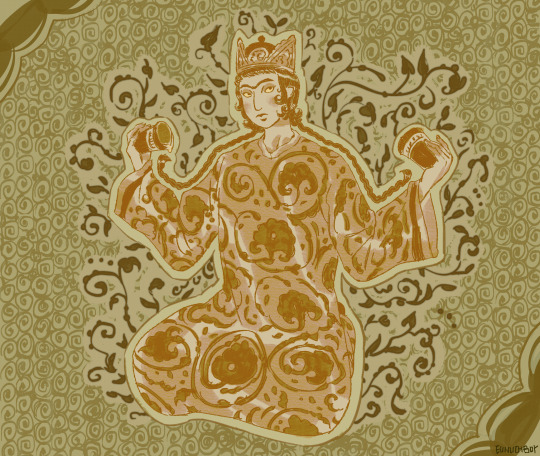
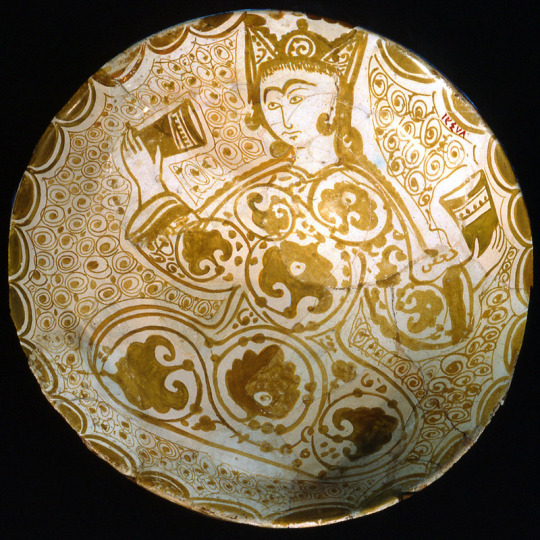
fatimid painted bowl redraw, original from the museum of islamic art in cairo
#i rlly like this bowl in particular because the gender ambiguous painted figure on it may possibly be a eunuch :^)#yix gallery#digital art#historical art#fatimid caliphate
28 notes
·
View notes
Text





37 notes
·
View notes
Text


The Joker - as drawn by Bob Kane (left), Jason Fabok (right)
#DC Comics#Batman#The Joker#Clown Criminal Comedian#Gotham City#Harlequin of Hate#Ace of Knaves#Caliph of Clowns#Jester of Genocide#Clown King of Chaos#Three Jokers#Detective Comics
25 notes
·
View notes